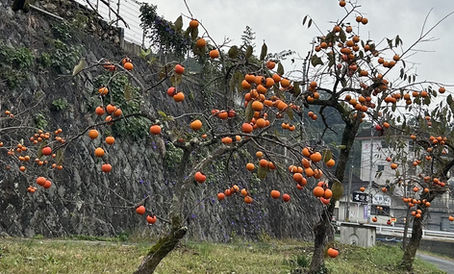The Ise Jingu Shinto Shrine in Mie Prefecture was by far the most popular tourist destination in Japan in the Edo period.
- Masahisa Takaki

- Mar 23, 2024
- 1 min read
Updated: Oct 13, 2024
The Ise Jingu Shinto Shrine is dedicated to the ancestors of the Imperial Family, hence the common people couldn’t enter the shrine grounds in olden times. With the decline of the Imperial power in Kyoto, thereafter, the shrine became popularized. It is said that all the families in Edo (present Tokyo) managed to get an ofuda (a divine slip of paper from the shrine) to worship the shrine by putting it on their Shinto family altar. At that time, the Ise Jingu was still very special even though it was popularized. Thanks to the development of the network of the major roads across the country and the improvement of the public safety in the Edo period (the 17th-19th century), many people began to visit the shrine and the number of them reached the peak at the end of the Edo period. This pilgrimage was called “okage mairi” meaning a worship trip that comes true by the grace of the spirits of the Ise Jingu Shrine. In fact, the pilgrims spent from one to three months on their long trip, visiting famous sightseeing spots along the way until they reached the shrine. The Atsuta Shrine in Nagoya, Kyoto, the Konpira Shrine in Shikoku, Miyajima in Hiroshima and Zenkoji Temple in Nagano were very popular even then. The highest number of worshippers recorded in 1830, when about 5 million people visited the shrine.
*Japan’s population was 30 million at that time.
The photo shows the shopping area formed around the shrine, which is called “okage yokocho”. This area seems as busy as those years.







Comments